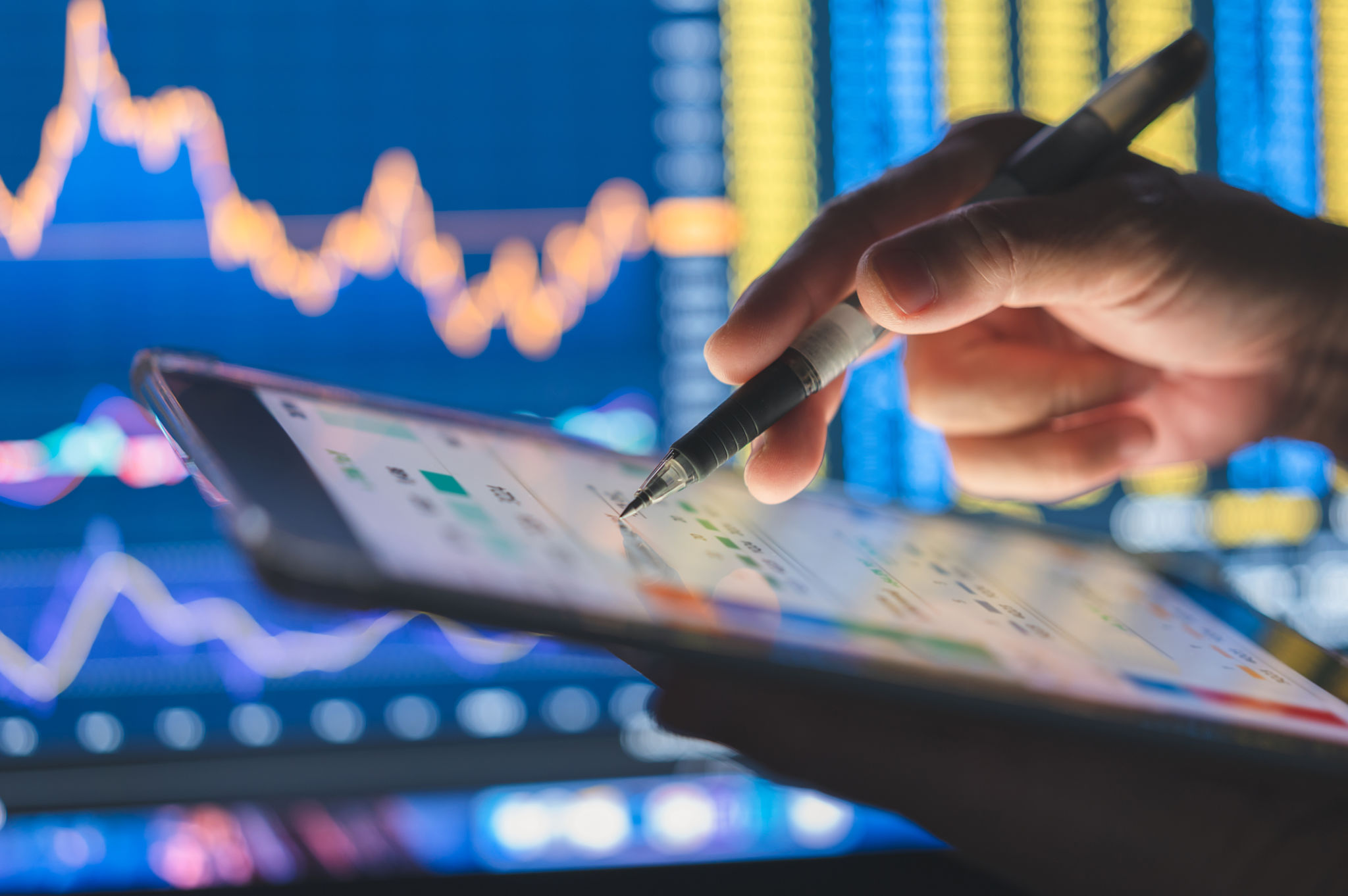How AI is Revolutionizing Building Risk Management in Florida's High-Rises
Introduction to AI in Building Risk Management
In recent years, artificial intelligence (AI) has emerged as a transformative force across various industries, and building risk management in Florida's high-rises is no exception. With the state's susceptibility to hurricanes and other natural disasters, effective risk management is crucial for ensuring the safety and stability of high-rise structures. AI technologies offer innovative solutions that enhance risk assessment, improve predictive capabilities, and streamline monitoring processes.
Enhancing Risk Assessment
One of the primary ways AI is revolutionizing building risk management is by enhancing the accuracy and speed of risk assessments. Traditional methods often rely on manual inspections and historical data analysis, which can be time-consuming and prone to human error. AI systems, however, can process vast amounts of data from various sources, including weather patterns, structural health sensors, and historical incident reports, to provide a comprehensive risk analysis.

Advanced algorithms can identify potential vulnerabilities in high-rise buildings by analyzing patterns and correlations that might not be evident to human inspectors. This capability allows building managers to proactively address potential risks before they escalate into significant issues.
Improving Predictive Capabilities
AI's predictive capabilities are another game-changer in building risk management. By leveraging machine learning models, AI can forecast potential risks and hazards with remarkable accuracy. For instance, AI can predict the impact of an approaching hurricane on a specific high-rise building, enabling property managers to take precautionary measures well in advance.
These predictive insights are not limited to natural disasters. AI can also anticipate structural wear and tear over time, allowing for scheduled maintenance and repairs, thereby extending the lifespan of buildings and reducing unexpected failures.

Streamlining Monitoring Processes
Continuous monitoring is essential for effective risk management in high-rise buildings. AI-powered systems enhance this monitoring by automating data collection and analysis processes. Sensors embedded within the building infrastructure can generate real-time data on various parameters such as structural integrity, environmental conditions, and occupancy levels.
The integration of AI with these sensors enables automatic anomaly detection. When a deviation from normal conditions occurs, the system can alert building managers immediately, allowing for swift action to mitigate risks. This automated monitoring reduces the reliance on manual inspections and ensures a more responsive risk management approach.

Case Studies and Real-World Applications
Several high-rise buildings in Florida have already begun implementing AI-driven risk management solutions with promising results. For example, a prominent Miami skyscraper recently integrated AI-based predictive maintenance systems that significantly reduced unexpected equipment failures and repair costs.
Another case involves a Tampa-based condominium that uses AI for real-time monitoring of structural health. The system has successfully identified minor issues before they developed into major problems, leading to enhanced tenant safety and satisfaction.
The Future of AI in Building Risk Management
As AI technology continues to evolve, its applications in building risk management are expected to expand even further. Future advancements may include more sophisticated machine learning models capable of simulating complex scenarios, such as multi-hazard events where multiple risks occur simultaneously.
Additionally, increased integration with Internet of Things (IoT) devices will provide even more granular data, enabling AI systems to refine their predictions and recommendations continually. This synergy between AI and IoT will usher in a new era of intelligent, responsive buildings capable of adapting to changing environmental conditions.
Conclusion
The integration of AI in building risk management is revolutionizing the way high-rise buildings in Florida are maintained and protected. By enhancing risk assessments, improving predictive capabilities, and streamlining monitoring processes, AI technologies offer unprecedented opportunities to safeguard these structures against both natural and man-made hazards.
As the state continues to face challenges posed by its unique environmental conditions, embracing AI-driven solutions will be essential for ensuring the resilience and longevity of Florida's iconic skyline.
